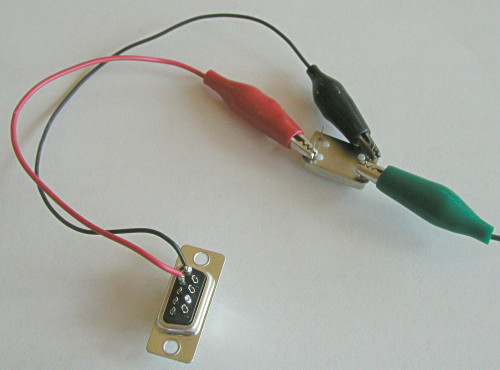[sblock=Craft (electronics) 19]Otter finds a vibration sensor, sound sensor, tilt sensor, motor rotation sensor, main circuit board, eyelid motor, tiny fiber optic camera, 801.11n WiFi device, microchip with antenna, a one megahertz oscillator, a nine pin serial port connector, a coil of insulated wire, an alligator test lead, 28 tiny screws, four small screws, two tiny bolts, three small bolts, and four medium bolts.[/sblock]
[sblock=Knowledge (technology) 22]The motion sensors, motor, circuit board, and screws and bolts seem fairly standard. The BunBun doesn't have an on/off switch; instead, the toy activates when someone picks it up or moves it. It talks a while, tells a story or two, then quiets if set down and is undisturbed for a few minutes. The fiber optic camera, 801.11n WiFi device, microchip with antenna, oscillator, serial port connector, coiled length of wire, and alligator clips, however, are another story. The BunBun appears to be able to record, store, and transmit both images and sound via the camera, circuit board, 801.11n, and microchip with antenna. All of those pieces of hardware come fairly standard on smartphones. Someone went the extra mile, though, in installing the oscillator, serial port connector, coiled length of wire, and alligator clips. Those items are old school. When the alligator clips connect the serial port and oscillator, they enable the device to send and receive analog-to-digital radio transmissions. A computer could, in theory, pick up the signal and display it in text on a computer monitor.[/sblock]


